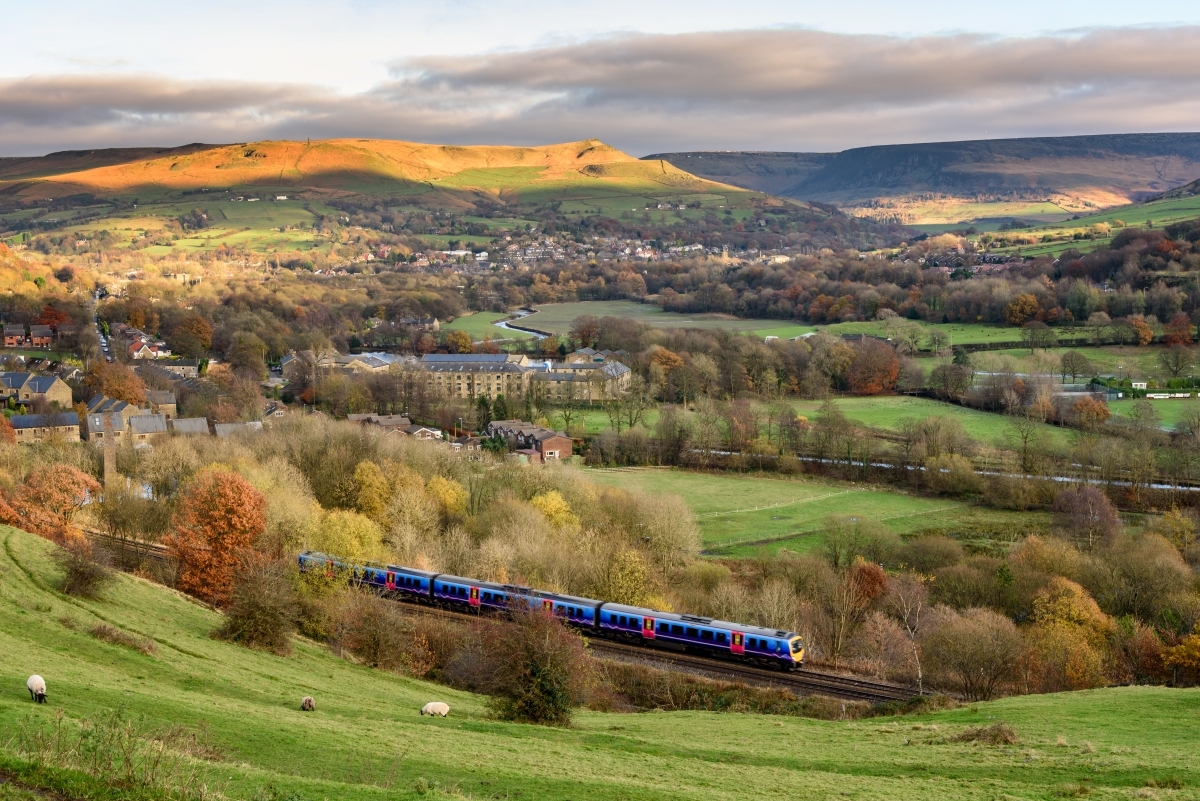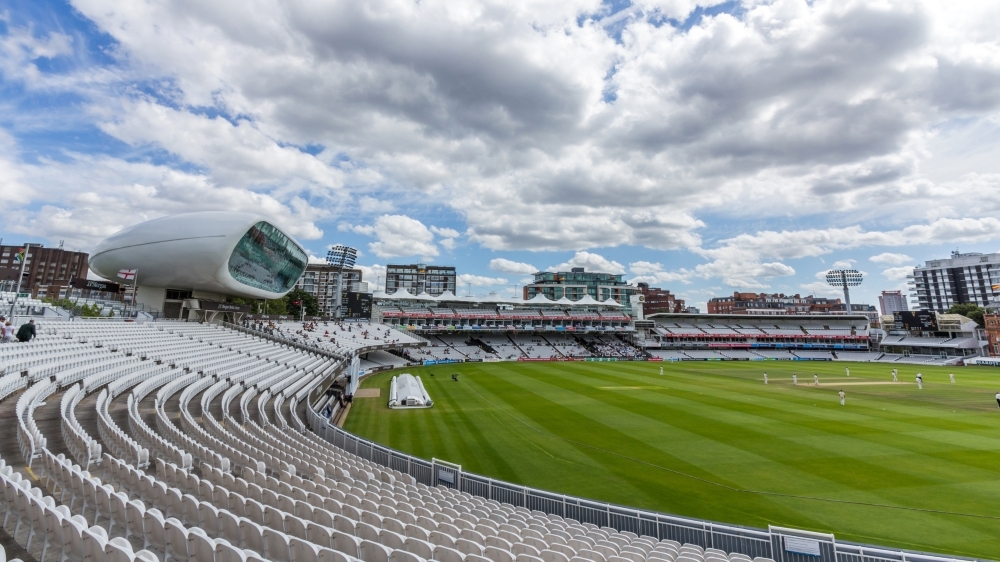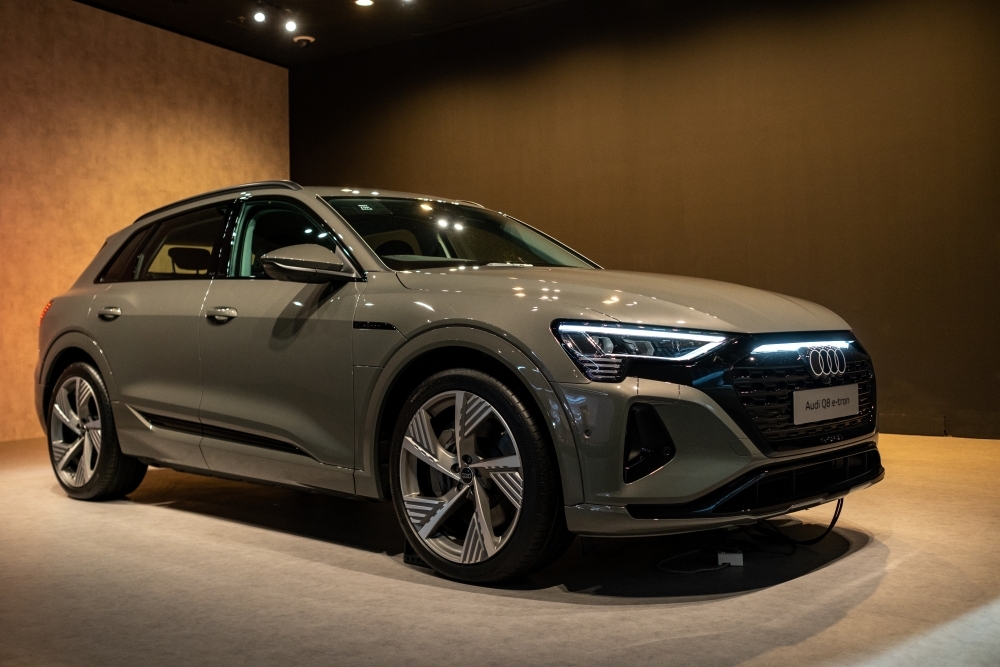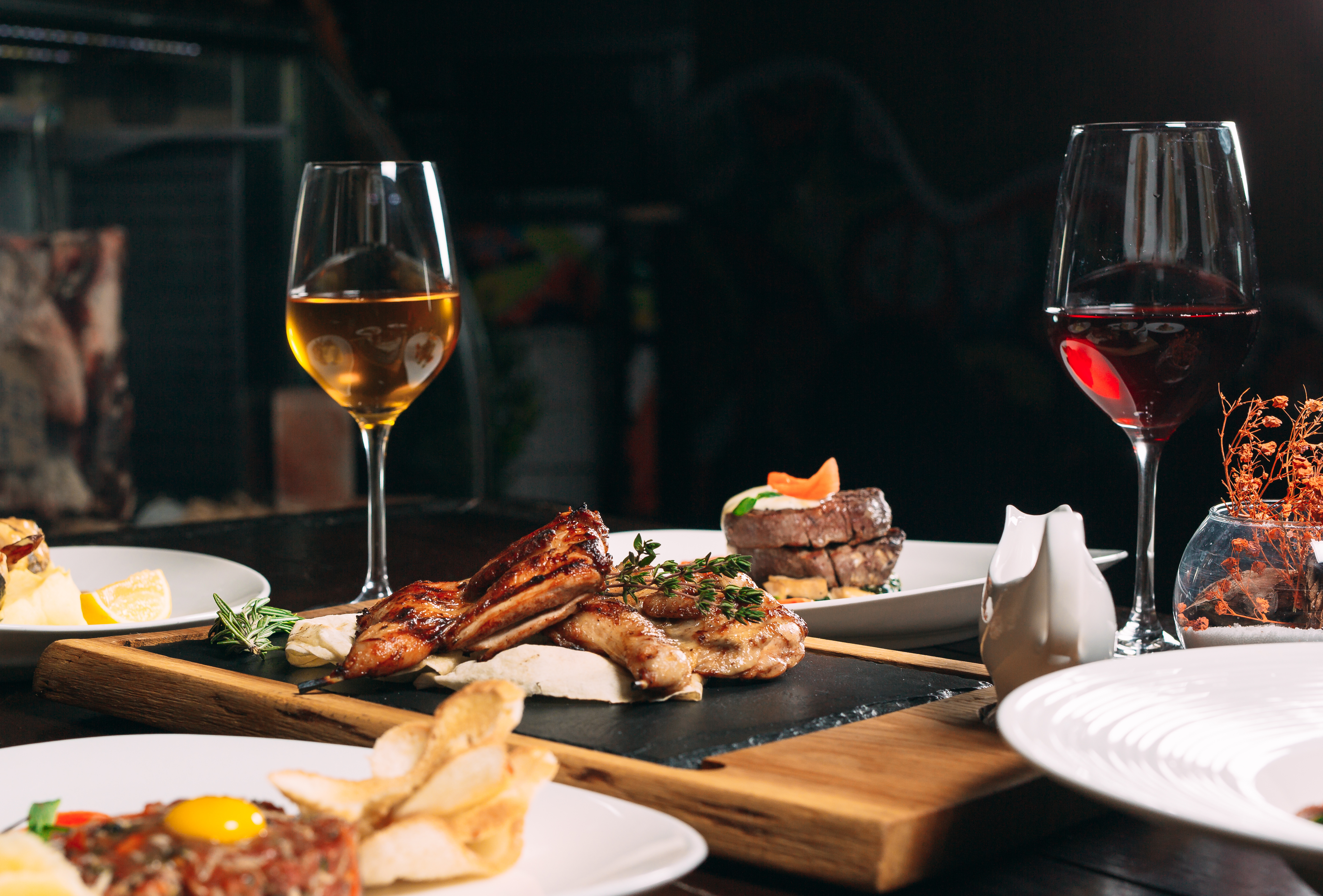A Tale of Two Seasons – Inside London Fashion Week
Paris, Milan, New York, London are all iconic centres of global fashion, and they have been for centuries offering a unique perspective on the world of intricate and bold designs. Since its founding in 1984 by the British Fashion Council, London’s twice-annual platform showcasing the best of British creativity, innovation, and style has grown into one of the most influential fixtures in the global fashion calendar.
Taking place both in February and September, the event draws designers, buyers, media eyes and celebrities from around the world, who are eager to get a first look at the latest designs and collections from Britain’s most prominent designers. For seasoned attendees and first-timers alike, London’s unique take on fashion continues to shape trends and attract attention from every corner of the world.

Celebrating Homegrown Talent
The roots of London Fashion Week lie in the early 1980s when the British Fashion Council sought to create a focused event that showcased the work of homegrown talent. Up until this point, British designers often felt overshadowed by their European and American counterparts, as the heyday of the Swinging Sixties faded, and British fashion slugged through a decade of declining popularity during the 1970s. The inaugural London Fashion Week in 1984 took place in a modest car park at Olympia West. Whilst a very unglamorous beginning, the event made an immediate impact, growing in popularity and rapidly evolving far beyond its humble origins.
Designers such as Vivienne Westwood and Katharine Hamnett are two of the most notable early names that used London Fashion Week to begin their legacy as fashion icons. Before long, the event was once again setting the tone for London’s reputation as the fashion capital of rebellion and innovation, just like it did in the 1960s. Throughout the 1990s, LFW gave rise to iconic names including Alexander McQueen and Stella McCartney and by the 2000s, the event had outgrown its early venues and moved into grander settings such as Somerset House, and later 180 The Strand, giving the shows a new level of prestige set within some of the city’s most iconic buildings.
Two Seasons, Two Distinct Programmes
Divided by the seasons, London Fashion Week is memorable for the distinctly different identities of each event. Both February and September shows carry their own character, target audience, and designs. February’s schedule is dedicated to unveiling Autumn/Winter collections, where designers focus on moodier, layered, and thoughtful fashion statements, reflecting the colder months that lie ahead.
The runways are dominated with looks that accent the wintery theme. Wool, leather and knits of various shapes and sizes cling to models in palettes which lean towards more earthy tones, and humble blacks and greys. The collections often explore socially conscious themes like gender-neutral clothing and sustainability, serving as a platform for new and emerging talent through initiatives such as Fashion East, and NEWGEN.
By contrast, September’s offering explodes with life as Spring/Summer collections take centre stage. The designs are brighter, more free and relaxed, suited to holidays, festivals and summer soirées. Fabrics shift to silk, chiffon, and cotton, with blooming pastels, sheet whites and more tropical shades. The more agreeable weather leads to the extensive use of open-air spaces, from rooftops to chic Shoreditch warehouses hosting the shows. Pop-up shops, capsule collections available for immediate purchase and product launches by global brands occur alongside the catwalks.
This season has fully embraced the 'see now, buy now' model, connecting the excitement of the runway with the desire for instant consumer gratification. As such, September attracts a more commercially minded crowd. Buyers from major department stores, global online retailers, and high-street brands turn up en masse to spot trends that will filter down to the wider market. Influencers, celebrities, and social media stars flood the shows, creating a festival-like atmosphere that feels more accessible than February’s insider mood, where the audience is typically composed of fashion journalists, buyers for up-market stores, and serious collectors.
A Fashionable Affair
First and foremost, London is known as the birthplace of avant-garde fashion. Unlike Paris with its haute couture or Milan with its classic tailoring, London’s reputation rests on unpredictability. Designers like JW Anderson, Simone Rocha, and Richard Quinn have made London Fashion Week their showcase for ideas that challenge societal norms. The event’s reputation for forward-thinking, be it around sustainable practices or genderfluid looks, is now well-reputed throughout the fashion world.
The impact of London Fashion Week on the British Fashion industry cannot be overstated. The British Fashion Council reports that the event brings hundreds of millions of pounds into the UK economy each season through retail sales, international press coverage, and global licensing deals. For young designers, especially those backed by support schemes like Fashion East or the BFC NEWGEN initiative, London Fashion Week represents a career-making opportunity that cannot be ignored by serious fashion creators.
For the public, the event has a sizeable impact on the high street. The 'trickle-down' effect means that styles seen on runways will shape collections from brands like COS, Arket, or Selfridges in the months following the event. The event’s adoption of digital platforms has made it more accessible thanks to livestreamed shows, interactive online lookbooks, and social media partnerships. Fashion enthusiasts worldwide can now experience London Fashion Week almost in real-time. Combined with private shopping opportunities and shows, the aura surrounding the events continues to grow and draw in visitors from around the globe.
Ultimately, London Fashion Week isn’t just a pair of events with a few catwalks and collections. It’s a barometer of where British and global fashion is headed. Its influence extends far beyond the runway, shaping everything from design education and sustainability initiatives to street style and online retail trends. Unbridled with creativity, bold, inclusive, and endlessly surprising, it is a platform for the brightest of minds brimming with ideas to take to the largest of audiences, as hordes of fashionistas descend on the capital to see the latest trends taking shape before their very eyes.



